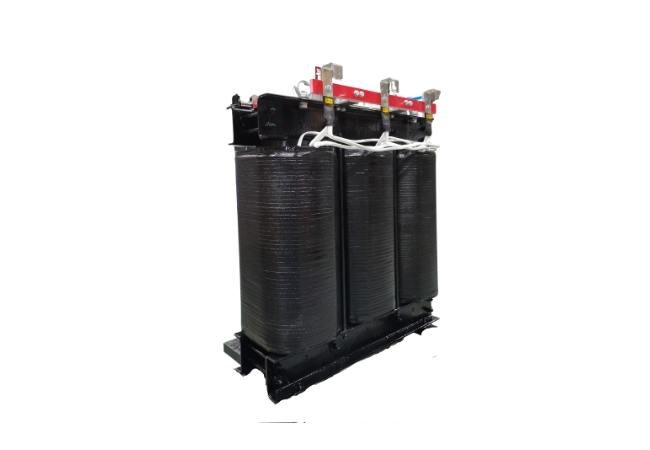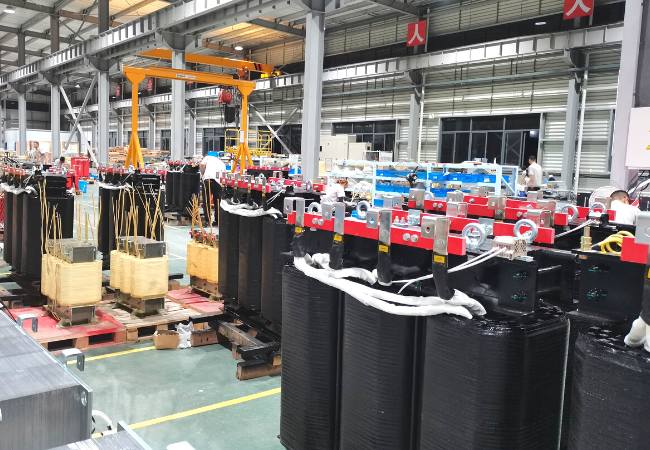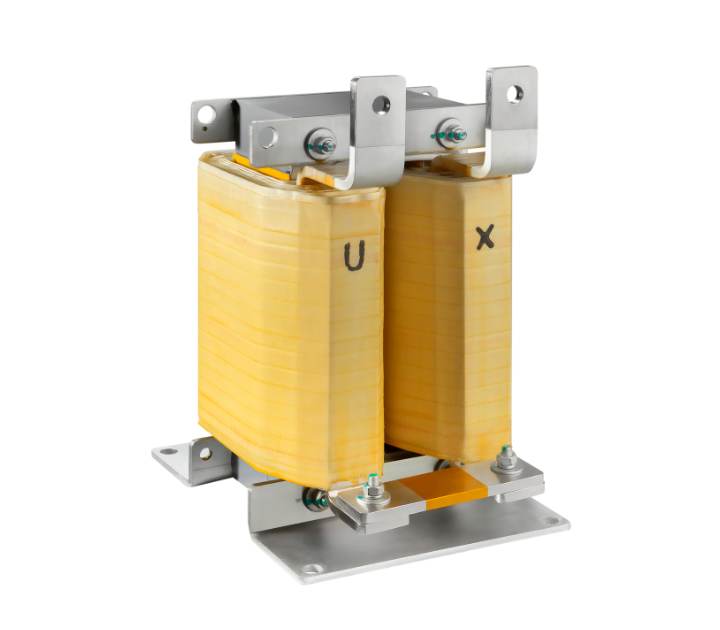Control Transformer
Shinenergy’s control transformer could be used to step down or step up the voltage, sometimes we also call it as step down transformer or step up transformer, widely applied in the electric circuit requires low power or volt-amp rating. Control transformers could provide voltage regulation and convert high or low voltage for different application requests. Control transformers could be divided into single-phase and three-phase transformers according to different applications.
- Power the electrical devices by stepping down/up the voltage
- Provide a safe working environment for the devices within the electrical circuit
- Could regulate the inrush capability and output voltage when electromagnetic devices are primarily energized
- CE, UL certificated
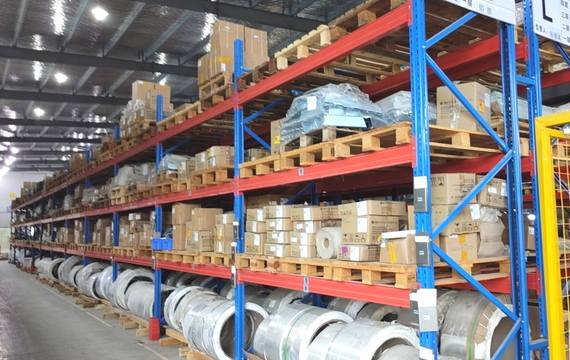
High Quality Insulation Material
Incorporate high-quality insulation material, with excellent insulation and isolation capabilities from winding turn to turn, layer to layer. Control transformers are vacuum impregnated, which seals the surface and isolates the moisture.
Excellent Temperature Rise Control
Shinenergy’s control transformer with reasonable temperature rise control could prevent the risk of fire and device destruction when operating. The heat generated in transformer operation leads to the temperature rise of the transformer, the over-high temperature rise will cause the fire, destroy the electrical equipment within the circuit.

- Data sheet
- FAQs
| Model No. | MPT-025 |
| Application | PV Inverters |
| Core Material | Silicone Steel |
| Winding Material | Aluminum foil |
| Efficiency | 98.8% |
| Rated Current | Customized |
| Rated Inductance | Customized |
| Frequency | 50/60Hz |
| Capacity | 50KVA |
| Ratio | 690/400V, 220/480V, 440/220V… |
| Connection | Dyn11 |
| Weight | TBD |
- What is a Control Transformer?
- A control transformer is a device designed to provide a high degree of voltage stability and electrical isolation to control circuits in industrial applications, ensuring safe and reliable operation of control devices.
- What are the Main Uses of Control Transformers?
- They are primarily used in electronic circuits that require constant voltage with minimal voltage fluctuations, such as in motor control circuits, industrial control panels, and machinery.
- How do Control Transformers Differ from Power Transformers?
- Control transformers are designed for lower power ratings and are optimized for high inrush currents and voltage stability, unlike power transformers which are intended for high-power applications.
- Why is Voltage Stability Important in Control Transformers?
- Voltage stability is crucial to protect the control circuits and devices they supply, as these circuits are often sensitive to voltage fluctuations.
- Can Control Transformers Provide Electrical Isolation?
- Yes, they provide electrical isolation between the input power source and the control circuit, which enhances safety and circuit protection.
- What are the Typical Voltage Ratings for Control Transformers?
- They usually have primary voltages compatible with common power supply levels (like 480V, 240V) and secondary voltages suited for control systems (commonly 24V or 120V).
- How Do You Size a Control Transformer?
- Sizing depends on the total load of the control circuit, including allowances for inrush currents of devices like relays and solenoids.
- Are Control Transformers Required to be Energy Efficient?
- While efficiency is always a consideration, the focus with control transformers is more on voltage stability and reliability.
- What Maintenance Do Control Transformers Require?
- They require minimal maintenance, typically involving regular inspections for physical damage, overheating signs, and ensuring connections are tight.
- Can Control Transformers Be Used in Outdoor Applications?
- Yes, but they need proper enclosures to protect against environmental factors like moisture and dust.
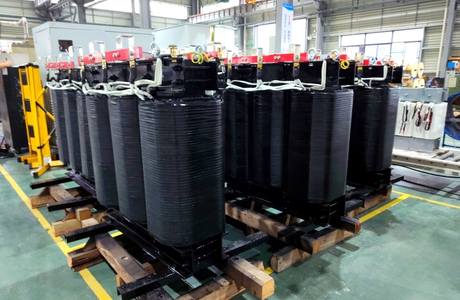
Working Principle of the Control Transformer
The control transformer is a small dry-type transformer. It is often used as a local lighting power supply, signal lamp or indicator light power supply, and as a control circuit power supply in electrical equipment. The control transformer or step down transformer(step up transformer) works on the principle of electromagnetic induction. A transformer has two sets of coils: a primary coil and a secondary coil. The secondary coil is outside the primary coil. When the primary coil is supplied with alternating current, the transformer core generates an alternating magnetic field, and the secondary coil generates an induced electromotive force, with different winding coils, the voltage could be transferred from higher to lower(ie. 440V~220V) or from lower to higher (208V~408V).



